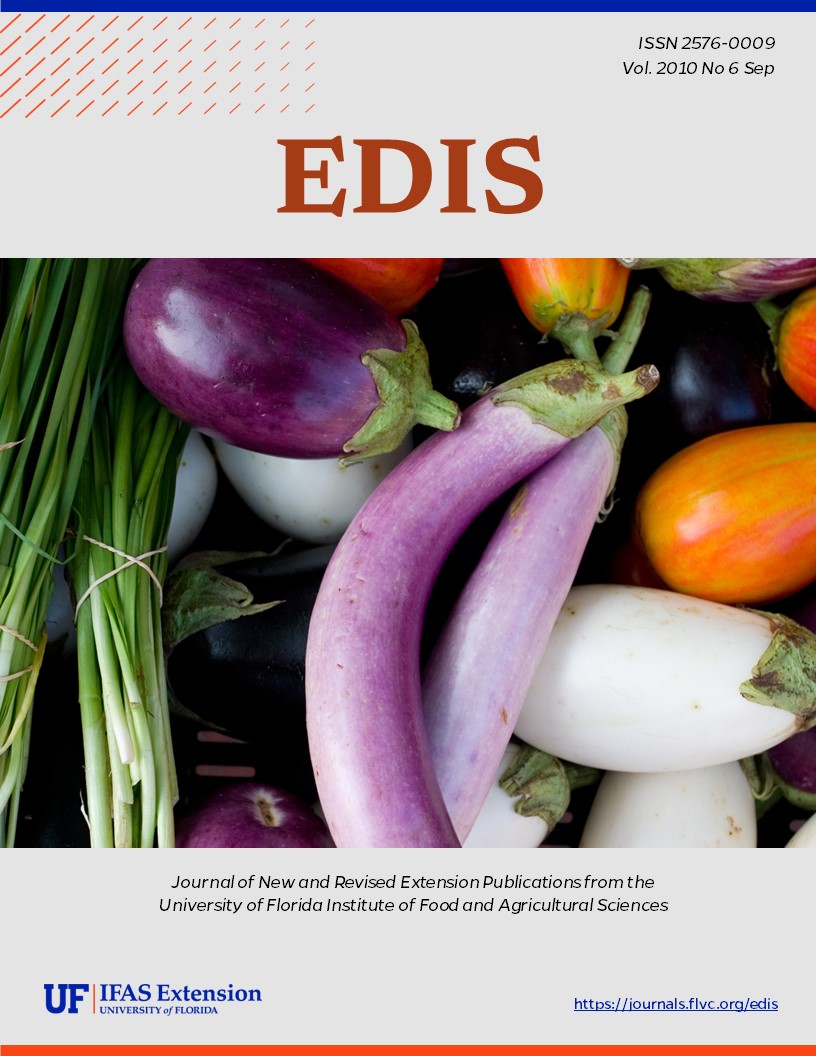Abstract
WC093, a 9-page illustrated fact sheet by Ricky Telg, examines the practice of crisis and risk communication as part of an organization’s overall crisis plan. Includes references. Published by the UF Department of Agricultural Education and Communication, July 2010.
WC093/WC093: Risk and Crisis Communication: When Things Go Wrong (ufl.edu)
References
Covello, V.T. & Allen, F.W. (1988). Seven cardinal rules of risk communication. OPA-87-020. April 1988. http://www.kfa-juelich.de/mut/rc/covall88.html. Washington, DC: U.S. Environmental Protection Agency.
Groth, E. (1998). Risk communication in the context of consumer perceptions of risk. http://www.consumersunion.org/food/riskcomny598.htm. NY: Consumers Union.
Joint Institute for Food Safety and Applied Nutrition. (2010). FoodRisk.org. http://www.foodrisk.org. College Park, MD: JIFSAN.
Lundgren, R. & McMakin, A. (2008). Risk communication: A handbook for communicating environmental, safety, and health risks. Columbus, OH: Battelle Press.
U.S. Environmental Protection Agency (August 2007). Risk communication in action: The risk communication workbook. http://www.epa.gov/nrmrl/pubs/625r05003/625r05003.pdf. Washington, DC: EPA.
Hogue, J. (2001). Avoiding disaster: The importance of having a crisis plan. http://iml.jou.ufl.edu/projects/Spring01/Hogue/index.html
Fearn-Banks, K. (2002). Crisis communications: A casebook approach. Mahwah, NJ: Lawrence Earlbaum Associates.
Canadian Centre for Emergency Preparedness (2010). http://www.ccep.ca/ccepweb.asp?m=94&ap=3. Burlington, Ontario: CCEP.

